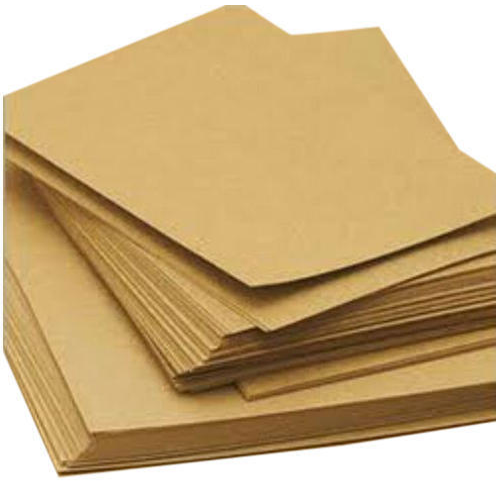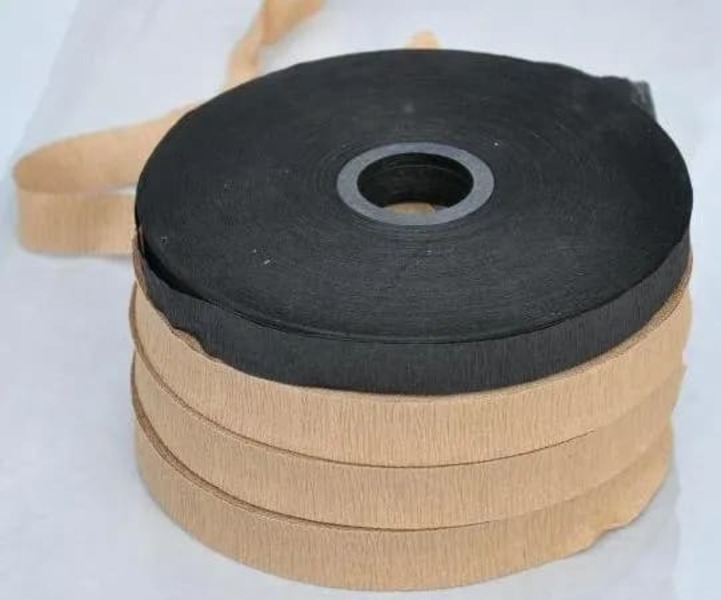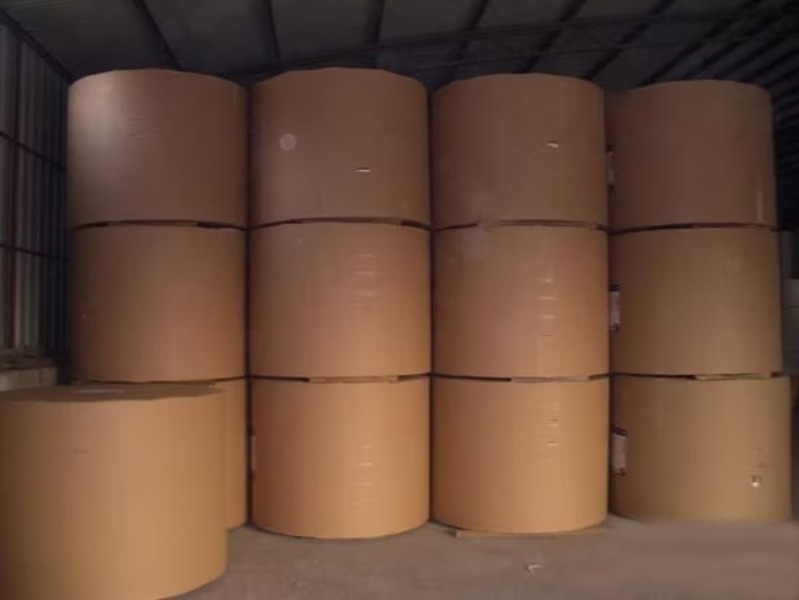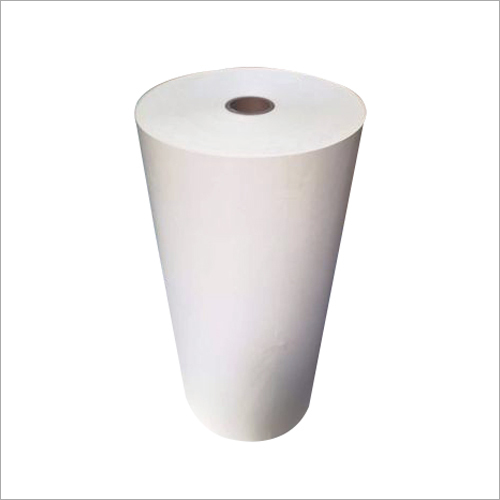- Home Page
- Company Profile
-
Our Products
- Fiberglass and Insulation Sleeves
- Insulation Sleeves
- Polyester Expandable Braided Sleeves
- Fire Resistant Sleeve
- SRBP Tubes
- Polyurethane Fiberglass Sleeves 1.5 kv
- Acrylic Fiberglass Sleeving
- Varnished Fiberglass Sleeve F Class
- Fire Sleeves
- Polyurethane Fiberglass Sleeve
- PVC Coated Fiberglass Sleeve
- Silicone Coated Fiberglass Sleeve
- Polyurethane Coated Fiberglass Sleeves
- Fiberglass Sleeve ( China Sleeve )
- Fiberglass Sleeving B Class
- Nomex Paper and Electrical Insulation Papers
- Pure Aramid Paper
- Eurotherm Laminated Nomex Paper NPN
- Laminated Fleece Paper
- Electrical Insulating Paper
- Laminated Aramid Paper
- Saturated Fleece Paper
- DuPont Nomex Paper
- Saturated Fleece Paper
- Insulating Kraft Paper
- Insulation Pressboard
- Laminated Nomex
- Electrical Insulation Papers and Laminates
- Pure Aramid (Nomex) Paper
- Laminated Fleece
- Black Kraft Paper
- Amotforse Brown Kraft Paper
- Diamond dotted Paper
- Fiberglass and Insulated Cables
- Glass Epoxy Sheets and Wedges
- Varnishes and Thinners
- Electrical Insulation Tapes
- Electrical Insulation Sheets and Fabrics
- PTFE Wire
- Silicon Cable
- Insulation Film
- Fiberglass and Insulation Sleeves
- Certificates
- Contact Us
Insulating Kraft Paper
30.0 INR/Kilograms
Product Details:
- Paper Type Craft Paper
- Coating Coated
- Size Standard
- Thickness 15-20 Millimeter (mm)
- Color Brown
- Click to view more
X
Insulating Kraft Paper Price and Quantity
- 1 Kilograms
- 30.0 INR/Kilograms
Insulating Kraft Paper Specification
- Brown
- Coated
- 15-20 Millimeter (mm)
- Standard
- Craft Paper
Insulating Kraft Paper Trade Information
- 1000 Kilograms Per Month
- 3 Days
Product Description
Insulating Kraft Paper are paper types that are used as electrical insulation in many applications due to pure cellulose having outstanding electrical properties. Cellulose is a good insulator and is also polar, having a dielectric constant significantly greater than one. Electrical paper products are classified by their thickness, with tissue considered papers less than 1.5 mils (0.0381 mm) thickness, and board considered more than 20 mils (0.508 mm) thickness.
Insulating Kraft Paper Applications:
1. Transformer Insulation: Kraft paper is commonly used as insulation material in power transformers. It is used between the windings and as layer insulation to prevent electrical breakdown and short circuits. The high dielectric strength and thermal stability of Kraft paper make it suitable for this critical application.
2. Cable Insulation: Insulating Kraft paper is also used as a component in high-voltage power cables. It provides electrical insulation between the conductor and the outer sheath, helping to maintain the integrity of the cables electrical properties over time.
3. Condenser Bushings: It is employed in the construction of condenser bushings, which are used to insulate the high-voltage conductors in electrical substations and transformers. The papers insulation properties help to prevent electrical discharge and maintain the integrity of the bushing.
4. Capacitor Insulation: Kraft paper can be found in the construction of capacitors, especially in high-voltage applications. It serves as a dielectric material between the capacitor plates, ensuring proper energy storage and discharge.
5. Electrical Insulation in Motors and Generators: In electrical machines like motors and generators, insulating Kraft paper is used to separate and insulate winding coils, preventing electrical short circuits and ensuring efficient operation.
6. Barrier and Interleaving Material: Kraft paper is used as a barrier or interleaving material in various electrical components and assemblies to prevent electrical contact between different components, reducing the risk of short circuits.
7. Gaskets and Seals: It is used in the manufacturing of gaskets and seals for electrical enclosures and components to provide electrical insulation and protect against environmental factors.
8. Insulation for Busbars: Busbars, which carry high currents in electrical distribution systems, require insulation to prevent electrical faults. Kraft paper can be used as a wrapping material to provide insulation for busbars.
9. Laminates: Kraft paper can be combined with other insulating materials to create laminates used in various electrical and electronic applications, such as printed circuit boards (PCBs) and insulating barriers.
10. Flexible Insulation Tapes: Kraft paper can be impregnated with insulating oils or resins and then used to manufacture flexible insulating tapes. These tapes are used for wrapping and insulating electrical components and connections.
11. Oil-Immersed Insulation: In some applications, Kraft paper is used as a part of oil-immersed insulation systems in electrical equipment. The paper provides structural support and electrical insulation when impregnated with insulating oils.
12. Packing and Wrapping Material: Beyond electrical applications, Kraft paper is also used for packing and wrapping fragile or sensitive electrical components during shipping and storage to protect them from damage.
Insulating Kraft Paper FAQ:
1. What is insulating Kraft paper?
Ans: Insulating Kraft paper is a type of paper specifically designed for electrical insulation purposes. It possesses high dielectric strength and thermal stability, making it suitable for use in electrical and electronic applications.
2. What are the key properties of insulating Kraft paper?
Ans: Key properties include high dielectric strength, thermal stability, mechanical strength, resistance to oil and moisture, and good compatibility with insulating liquids.
3. What is the dielectric strength of insulating Kraft paper?
Ans: The dielectric strength can vary, but it typically ranges from about 40 to 100 kV/mm (kilovolts per millimeter), depending on the specific grade and application.
4. What are the main applications of insulating Kraft paper?
Ans: Insulating Kraft paper is commonly used in transformers, cables, condenser bushings, capacitors, motors, generators, gaskets, busbars, laminates, and more, for electrical insulation and protection.
5. Is insulating Kraft paper fire-resistant?
Ans: Insulating Kraft paper is not inherently fire-resistant. However, it can be treated with fire-resistant coatings or impregnated with fire-resistant materials to enhance its fire resistance.
6. Can insulating Kraft paper withstand high temperatures?
Ans: Yes, insulating Kraft paper is known for its thermal stability and can withstand relatively high temperatures. The specific temperature range depends on the grade and application but can be up to 120 degree centigrade or more.
7. Is insulating Kraft paper recyclable?
Ans: Yes, insulating Kraft paper is recyclable and environmentally friendly. It can be recycled to produce new paper products.
8. How is insulating Kraft paper manufactured?
Ans: It is typically made from wood pulp through a process involving the pulping of wood fibers, followed by a papermaking process. The paper may be treated or impregnated with insulating oils or resins to enhance its electrical and thermal properties.
9. Are there different grades of insulating Kraft paper?
Ans: Yes, there are different grades and thicknesses of insulating Kraft paper available, each designed for specific applications and voltage classes. Common grades include natural Kraft paper and high-purity Kraft paper.
10. What are the advantages of using insulating Kraft paper in electrical applications?
Ans: Advantages include excellent electrical insulation, thermal stability, mechanical strength, and compatibility with insulating liquids. It also has a long history of proven performance in electrical applications.
11. Can insulating Kraft paper be used in outdoor applications?
Ans: Yes, insulating Kraft paper can be used in outdoor applications, but it may require additional protection, such as encapsulation in insulating materials or coatings, to withstand exposure to weather and UV radiation.
12. What are the alternatives to insulating Kraft paper?
Ans: Alternatives include other electrical insulating materials such as polyethylene, polypropylene, polyester films, and various composite materials, depending on the specific requirements of the application.
High-Performance Electrical Insulation
Our Insulating Kraft Paper is engineered for superior electrical insulation, widely utilized in transformers, motors, and other electrical devices. The thick, coated craft paper offers excellent dielectric strength, helping to minimize energy loss and enhance the longevity of components. Manufactured to precise industry standards in India, it is trusted by various industries for critical applications.
Standardized Sizing for Versatility
Available in a standard size and brown color, this kraft paper is manufactured with a thickness of 1520 mm, making it adaptable for diverse insulation tasks. The standardized sizing ensures it fits common industry needs, while the robust coating protects against moisture and environmental wear.
Reliable Sourcing and Supply Network
As a leading distributor, exporter, importer, manufacturer, supplier, and trader in India, we guarantee a consistent supply of quality insulating kraft paper. Our expansive network ensures that industrial clients receive timely deliveries and dependable service for their insulation material requirements.
FAQs of Insulating Kraft Paper:
Q: How is insulating kraft paper used in electrical insulation?
A: Insulating kraft paper is primarily used to provide electrical insulation in transformers, cables, and other electrical equipment. Its robust craft paper base and coated finish help prevent electrical leakage and enhance device safety.Q: What are the primary benefits of using coated insulating kraft paper?
A: The coated surface of this kraft paper improves its moisture resistance and dielectric strength, making it ideal for high-performance insulation. This helps to extend the lifespan and efficiency of electrical and industrial components.Q: When should I choose a thickness of 15-20 mm for insulation purposes?
A: A thickness of 1520 millimeters is recommended for heavy-duty insulation applications, such as in large transformers and industrial machinery, where higher strength and better insulation properties are required.Q: Where is your insulating kraft paper manufactured and distributed?
A: Our insulating kraft paper is manufactured in India, and we distribute it nationally as well as export and import globally to serve diverse industrial needs.Q: What is the process involved in producing coated kraft insulating paper?
A: The process begins with selecting high-quality craft paper, which is then coated with specialized insulating materials. This enhances its dielectric properties and durability, making it suitable for demanding electrical environments.Q: What industries commonly use this insulating kraft paper?
A: This product is commonly used in the electrical, power generation, motor manufacturing, and transformer industries, where reliable and durable insulation is critical for safety and performance.Tell us about your requirement

Price:
Quantity
Select Unit
- 50
- 100
- 200
- 250
- 500
- 1000+
Additional detail
Mobile number
Email

 Send Email
Send Email 














 Send Inquiry
Send Inquiry Send SMS
Send SMS Call Me Free
Call Me Free
 English
English Spanish
Spanish French
French German
German Italian
Italian Chinese (Simplified)
Chinese (Simplified) Japanese
Japanese Korean
Korean Arabic
Arabic Portuguese
Portuguese